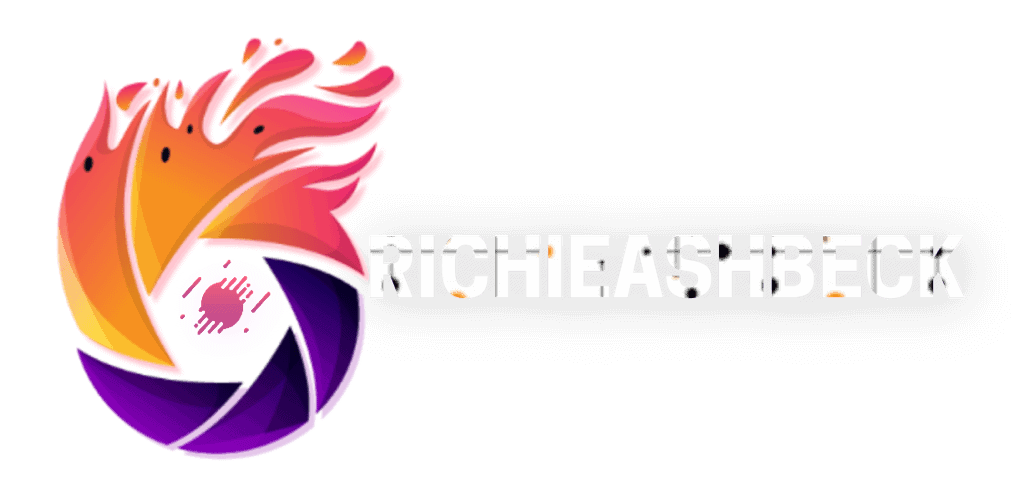How ChatGPT is Revolutionising Web Design
In the rapidly evolving world of web design, the integration of artificial intelligence has proven to be a game-changer. Among the various AI tools transforming this space, ChatGPT stands out due to its advanced language processing capabilities. It’s not just a tool for generating text; it can significantly enhance the web design process in numerous ways.
1. Streamlining the Design Process
Web design often involves repetitive tasks, such as drafting content, generating design ideas, or compiling user feedback. ChatGPT can assist designers by quickly generating content for websites, helping them focus more on the creative aspects rather than getting bogged down by administrative tasks.
Example:
Imagine a designer working on a new e-commerce site. Instead of spending hours writing product descriptions or crafting engaging blog posts, they can leverage ChatGPT to produce high-quality content in a fraction of the time. This not only accelerates the design process but also ensures a consistent tone of voice across the website.
2. Enhancing User Experience Through Chatbots
Integrating ChatGPT into websites can create intelligent chatbots that enhance user experience. These chatbots can interact with visitors, answer queries in real-time, and even guide them through the sales funnel. This 24/7 availability can significantly improve user engagement and satisfaction.
Example:
A travel website might use a ChatGPT-powered chatbot to assist users in finding destinations, booking flights, or answering questions about travel policies. This not only provides immediate assistance to users but also relieves customer service teams from handling repetitive queries.
3. Personalised Design Suggestions
ChatGPT can analyse user data and preferences, providing tailored design suggestions. For instance, it can recommend colour schemes, layouts, or features based on individual user behaviour or feedback. This personalization ensures that the design resonates with the target audience.
Example:
A designer could input a client’s brief detailing their brand and target market. ChatGPT could then suggest design elements that align with the client’s vision while also being appealing to the intended audience.
4. Prototyping Ideas Quickly
Web designers often brainstorm multiple concepts before arriving at the final design. ChatGPT can facilitate this process by generating a variety of ideas based on input criteria, allowing designers to explore diverse avenues without spending excessive time on each one.
Example:
Suppose a designer is tasked with creating a landing page for a new app. They can ask ChatGPT for several layout ideas or calls to action. The AI’s rapid output can serve as a springboard for creative discussions, allowing the team to synthesise and refine the best elements quickly.
5. Debugging and Writing Code
For developers involved in web design, ChatGPT can assist in writing code snippets, debugging, and even offering solutions to complex coding issues. This can streamline development, reduce errors, and enhance productivity.
Example:
A developer working on a website might be stuck on a particular JavaScript function. By describing the issue to ChatGPT, they can receive suggestions or alternative code snippets that could resolve the problem, effectively aiding in problem-solving and speeding up the development process.
6. SEO Optimisation
Search Engine Optimisation (SEO) is a critical aspect of web design that can often be overwhelming. ChatGPT can suggest SEO-friendly practices and help in creating meta tags, descriptions, and other critical components that improve a website’s visibility.
Example:
During the final stages of designing a website, developers can use ChatGPT to generate SEO-optimized content and metadata based on the key themes and target keywords for the site. This ensures that the site is not only visually appealing but also optimised for search engines.
Conclusion
The integration of ChatGPT into the web design process signifies a leap towards a more efficient, creative, and user-centred approach. By streamlining tasks, enhancing user experience, providing personalised suggestions, and assisting in technical aspects, ChatGPT is becoming an invaluable asset in the toolkit of modern web designers. As this technology continues to evolve, the future of web design looks brighter and more innovative than ever. Embracing AI tools like ChatGPT will enable designers and developers to push boundaries, creating stunning and effective digital experiences.
Artificial intelligence is here to stay — and in the realm of web design, it’s only just getting started.


